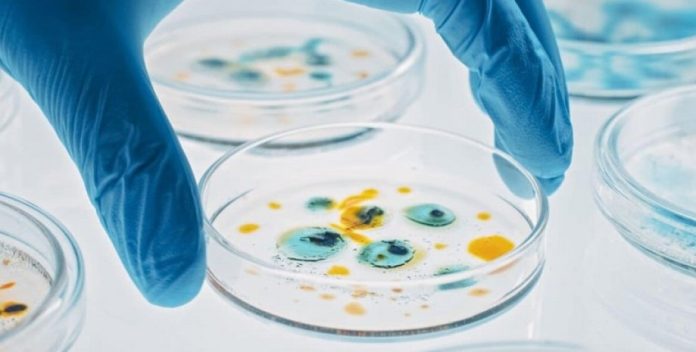Chinese scientists made striking discovery: on board Tianun Space Station they found new microorganism - a strain of a bacterium capable of surviving in extreme cosmos . The bacterium, called Niallia tiangongongensis , was found during the study of microorganisms collected by the crew of the mission " Shenchzhou- 15 ″.
This strain was first discovered in May 2023 on the surfaces of Tianunun Modules , which were subsequently taken to the ground. Genomic sequencing and metabolic analysis showed that the bacterium has unique properties: it can withstand micro gravity, increased radiation radiation and oxidative stress better than its terrestrial " relatives". These properties make Niallia tiangongongensis not only interesting object for study, but also a potential tool in space biotechnology. In particular, scientists see the possibility of using such a microorganism to develop strategies for the protection of astronauts from harmful cosmos factors in particular radiation.
The new discovery is not only for future space missions. The study of germs that can break organic compounds in extreme conditions can be the basis for new approaches in waste processing , biomaterials and even agrotechnology . After all, the ability to survive in a complex environment can also be useful on Earth - in conditions of climate change or pollution . In addition , microorganisms aboard space stations are not only an object of study, but also a potential threat. They can affect the quality of the air, accelerate the wear of the materials , or even disrupt equipment . Therefore, identifying new strain helps not only scientists but also engineers in creating more safer and more reliable life support systems in orbit.
Tiangun Space Station is one of China's key infrastructure platforms in space. It consists of three modules- " Tianh", " Ventyan" and " Mentyan"- and has T- similar configuration. At an altitude of 340–450 km above the ground , it serves as a laboratory, observatory and living space for three astronauts. Finished at the end 2022 , the station plans to function at least by the mid- 2030s .


